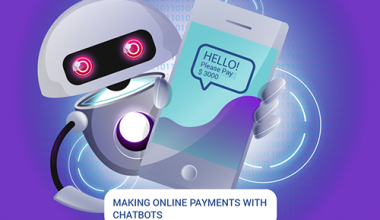Screen size, software availability, and synchronization are among the issues a “Google Pad” must tackle to challenge Apple’s iPad
Google (GOOG) is said to be planning a rival device to Apple’s (AAPL) iPad that will run its Android operating system. Assuming this is true, what does Google need to do to make its slate competitive with the iPad?
Size matters—A “Google Pad” should target the sweet spot of screen sizes, that of 5 to 8 in. Any larger and some will complain that the device is too heavy—as is already happening with the iPad—while smaller devices simply don’t offer enough benefit over current smartphones, some of which have displays of 4 in. or larger ). Google would have to subsequently adjust how Android and its apps run on larger displays. When I ran Android on a 7-in. touchscreen computer, it offered a less-than-ideal experience because the user interface is built for small screens.
Fix the Market—Other companies already offer Android-powered tablets, but those devices are hobbled by limitations that include not having access to the Android Market for software. Google wouldn’t similarly constrain its own product, but it still needs to make finding and installing software from the marketplace easier. One small tweak that would yield huge benefits is an “update all” function. Users don’t want to have to update software one app at a time.
Sync or swim—Unlike its competitors, Google doesn’t offer software to synchronize data between Android devices and computers. The sync software Google offers is the cloud; e-mail, contacts, calendars, and other data are all available through an over-the-air Web connection. But not all consumers are ready for true wireless data synchronization. Google could either bundle solutions like DoubleTwist for media and application synchronization or The Missing Sync for personal data.
Boost productivity—While most people don’t buy tablets to replace the productivity offered by a traditional computer, if it’s making one, Google should include its Google Docs software. Android supports document viewing, but not much in the way of editing aside from limited spreadsheet changes. A native Android application or enhanced Google Docs functionality in the browser for basic document editing would rival Apple’s iWork software for the iPad.
Court developers—Apple has already got the attention of third-party developers, so Google will have to offer an equally if not more compelling development environment in order to have blockbuster applications on hand at launch. Netflix is a fine example. Apple successfully convinced the company to build media-streaming software for the iPad, enabling consumers to watch video wherever a Web connection could be found.
As someone who switched from an iPhone to a Nexus One earlier this year—(though I bought an iPad, too), I find the Apple experience more refined than Google’s. But Android still has much to offer, namely the lack of developer lock-in, easy integration with Google programs, and a growing number of software titles. If the company addresses the five areas I’ve outlined above, a Google Pad could be a very worthy alternative to Apple’s iPad.
Resource:
http://www.businessweek.com/technology/content/apr2010/tc20100413_828372.htm




